Talk Overview
It has been known since 1908 that tissue transplanted from one Hydra to another can influence development in the recipient hydra. Later in the 1920s, Spemann and colleagues found that transplantation of tissue from the dorsal to the ventral side of an amphibian embryo induced the growth of a second embryonic axis. Kornberg describes the experiments that implicated “inducers” that are responsible for such effects and reports recent findings that show that inducers are proteins that move across tissues to affect nearby cells. Inducers are proteins such as FGF, TGF-beta, Hedgehog, and Wnt. Although diffusion initially seemed to be the simplest explanation for their dispersion, experimental data now reveals that their transport is directed and that the inducers are targeted to recipient cells. Kornberg presents evidence that their transport occurs via a system of signaling filipodia called cytonemes.
In Part 2 of his talk, Kornberg focuses on the signals that regulate development of the dorsal air sacs in Drosophila. Dorsal air sacs are multi-lobed structures that distribute oxygen to the flight muscles of the adult fly. They develop from an organ in Drosophila larvae called the air sac primordium, which nestles up against the wing imaginal disc; the wing imaginal disc gives rise to numerous structures of the adult fly, including wings, the thorax and the dorsal air sacs. The protein inducers that activate signal transduction in the air sac primordium are produced many microns away in the wing disc. How do these signals travel across this distance? Using labeled proteins and fluorescence microscopy, Kornberg shows us that the inducers are transferred directly from producer cells to recipient cells via cytonemes. This transfer requires direct cell-to-cell contact in a manner similar to a neuronal synapse.
Speaker Bio
Thomas Kornberg
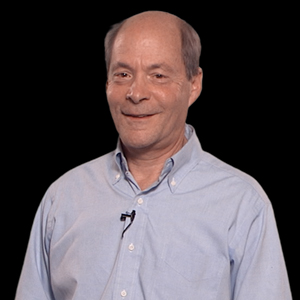
Thomas Kornberg received his BA in Biology and his PhD in Biochemistry both from Columbia University. As a graduate student, Kornberg identified and purified E. coli DNA polymerase II and III for the first time. Kornberg went on to do post-doctoral studies at Princeton and the MRC labs at Cambridge. In 1978, Kornberg joined the… Continue Reading
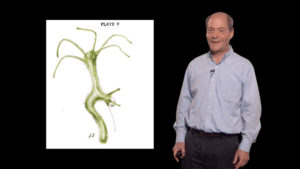
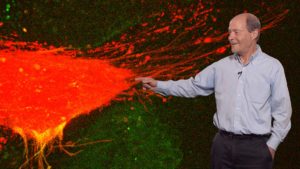
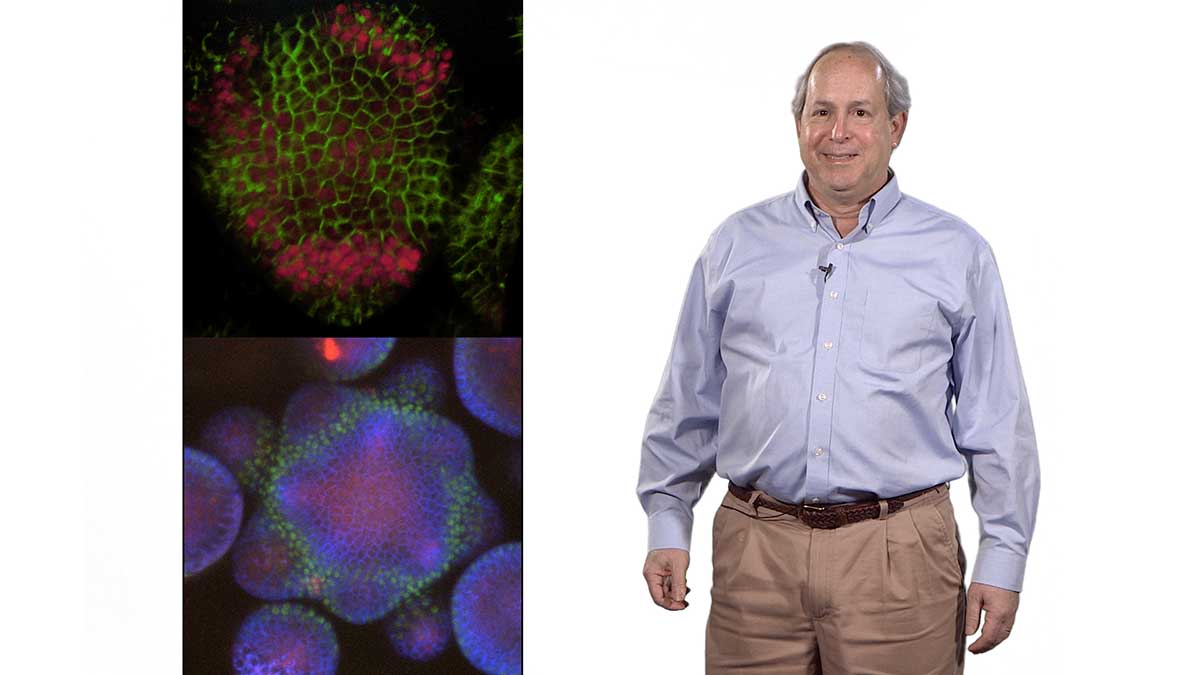
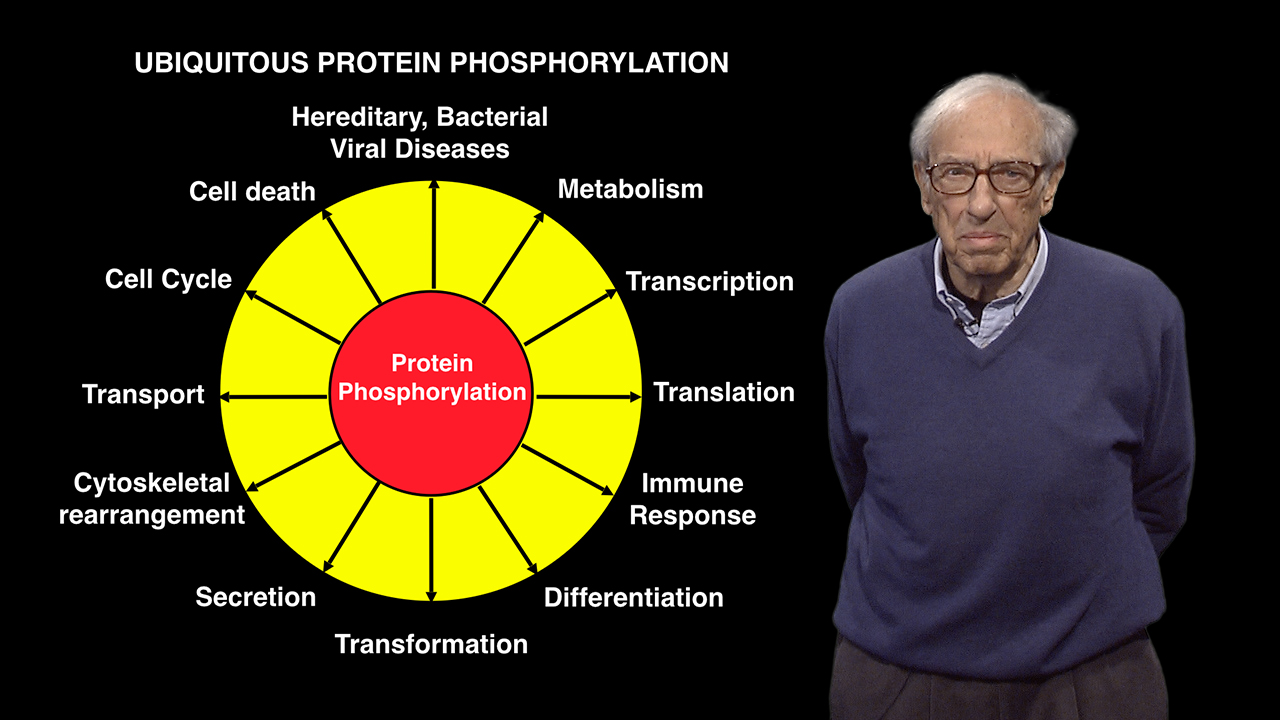
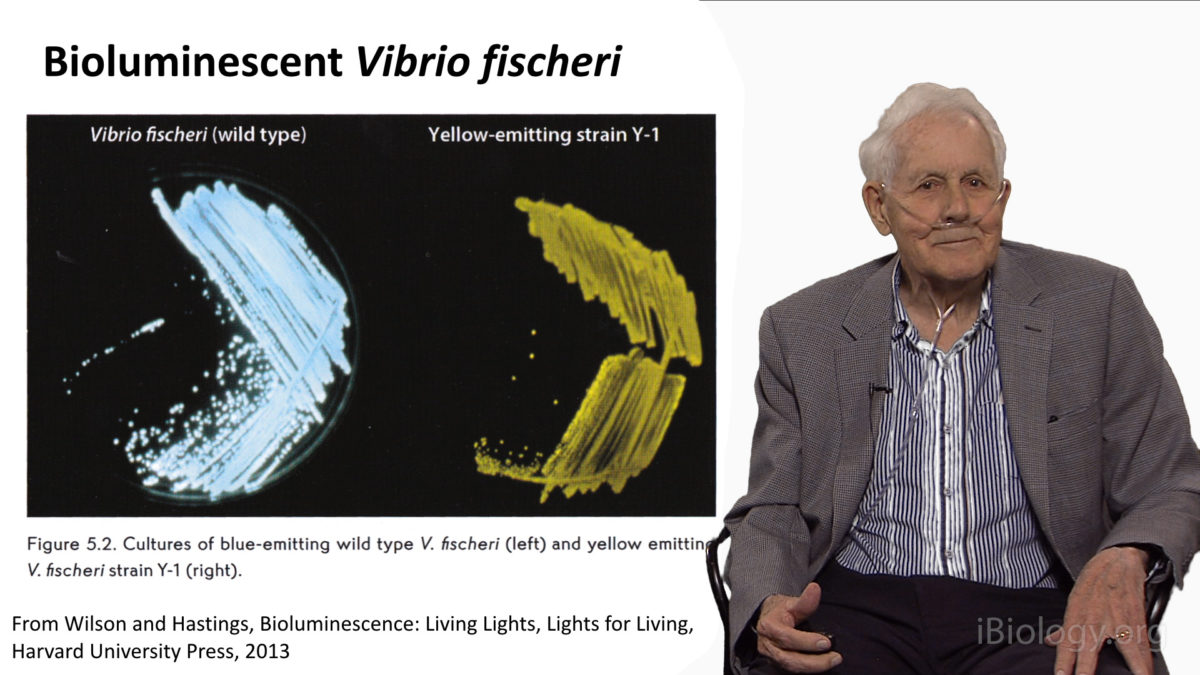
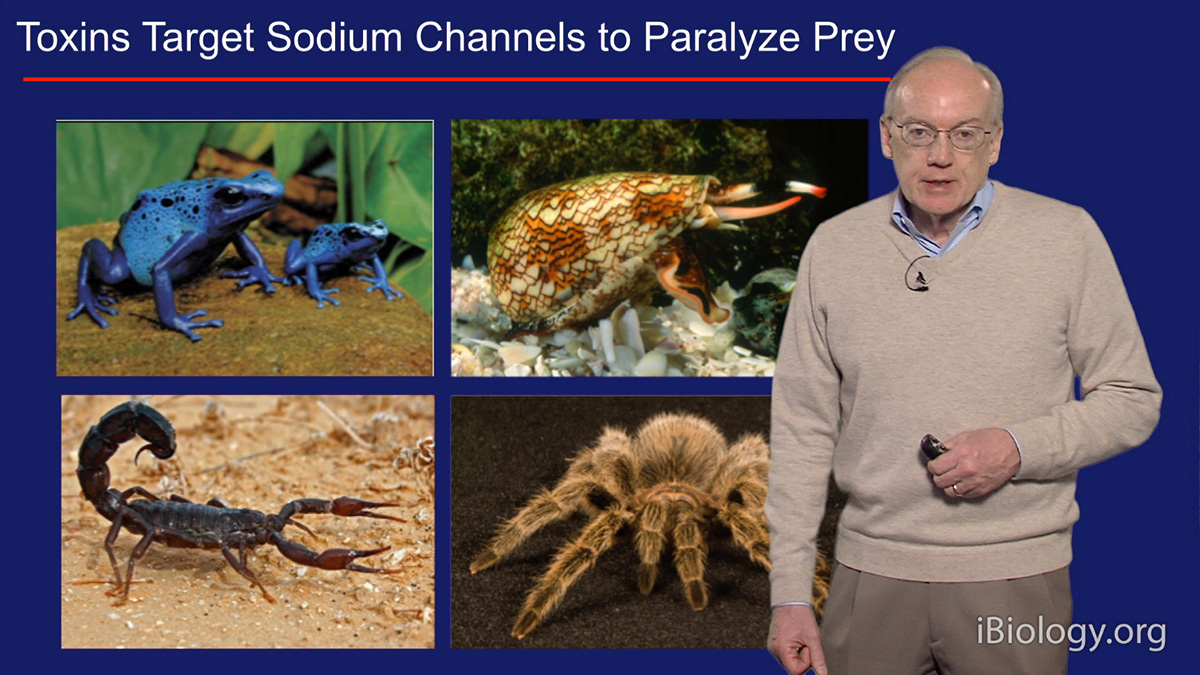





Linda L Luke says
Dr. Kornberg,
Thank you so much for the detailed explanation of the paracrine process and discoveries. Fascinating and very important, and it is enjoyable to see your enthusiasm and love of science.